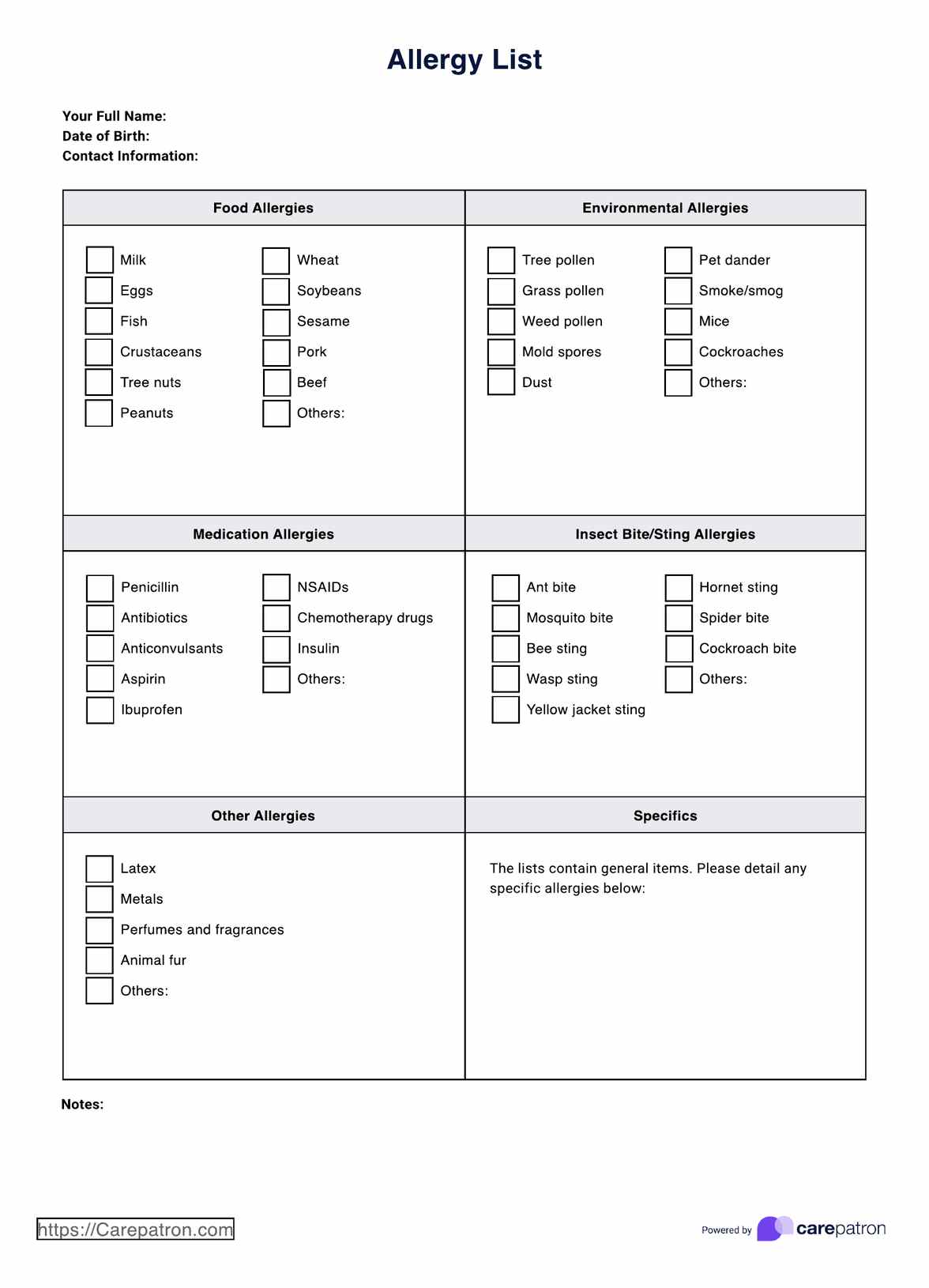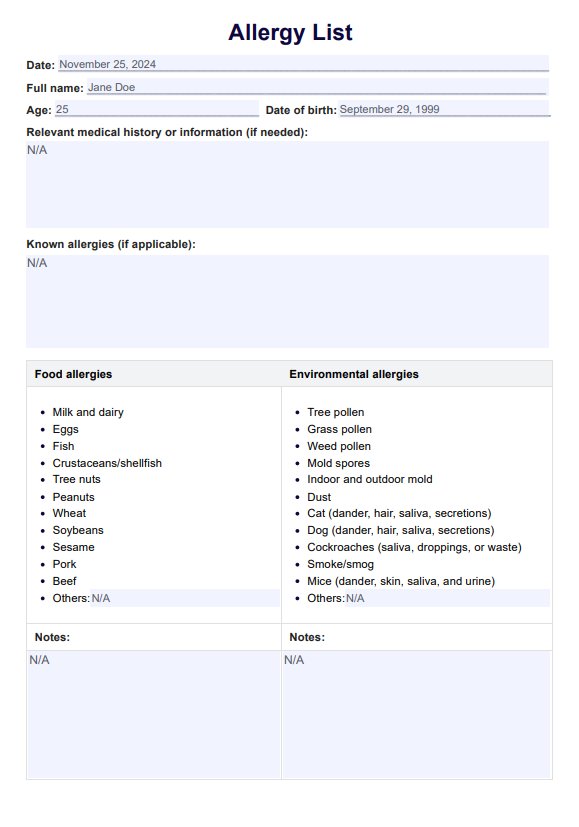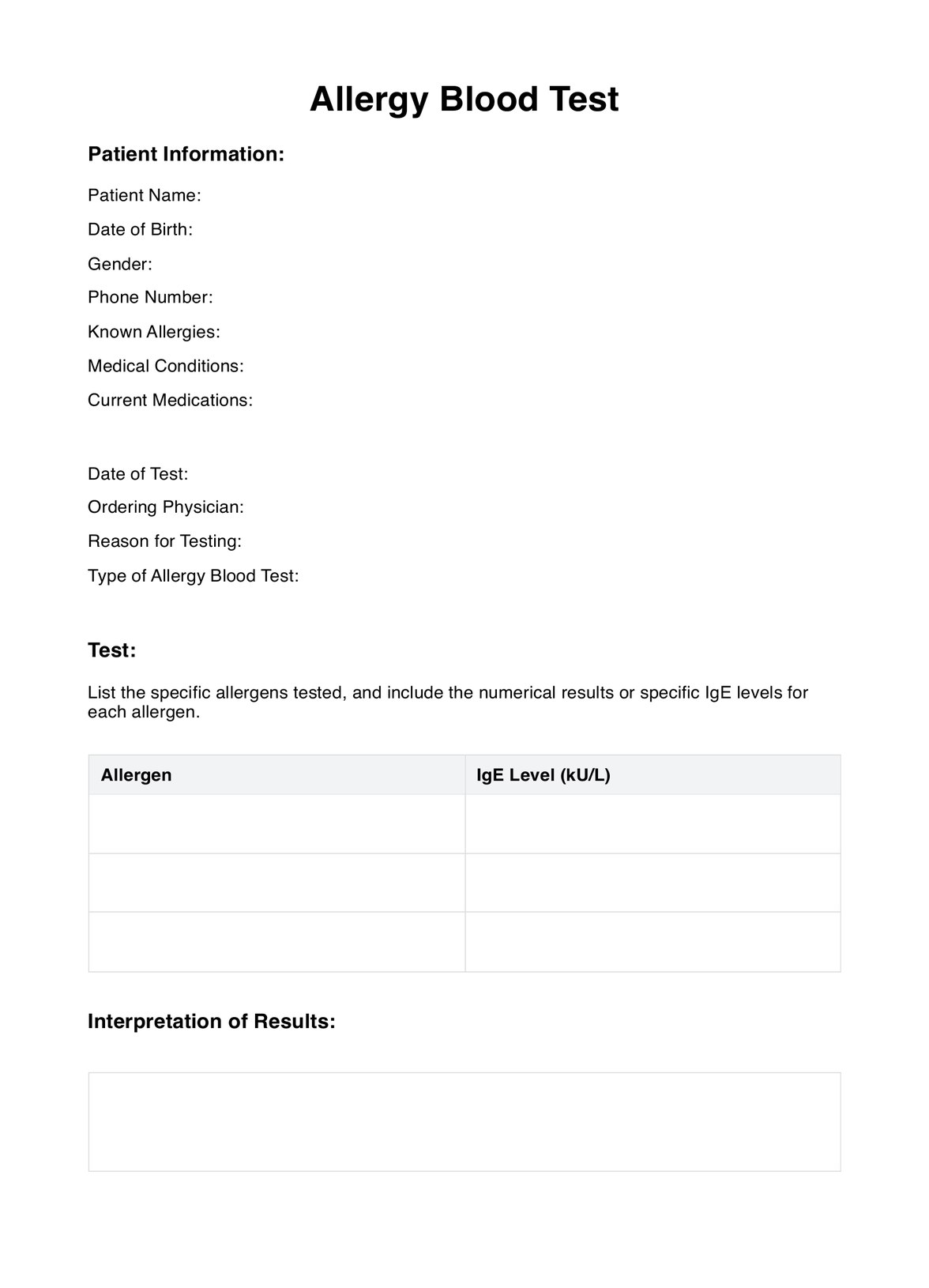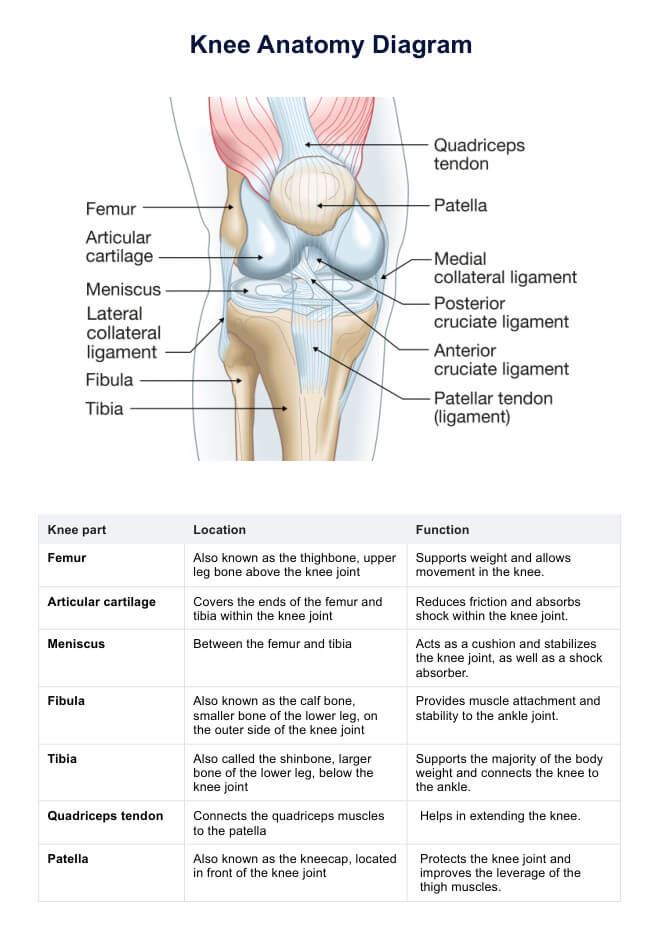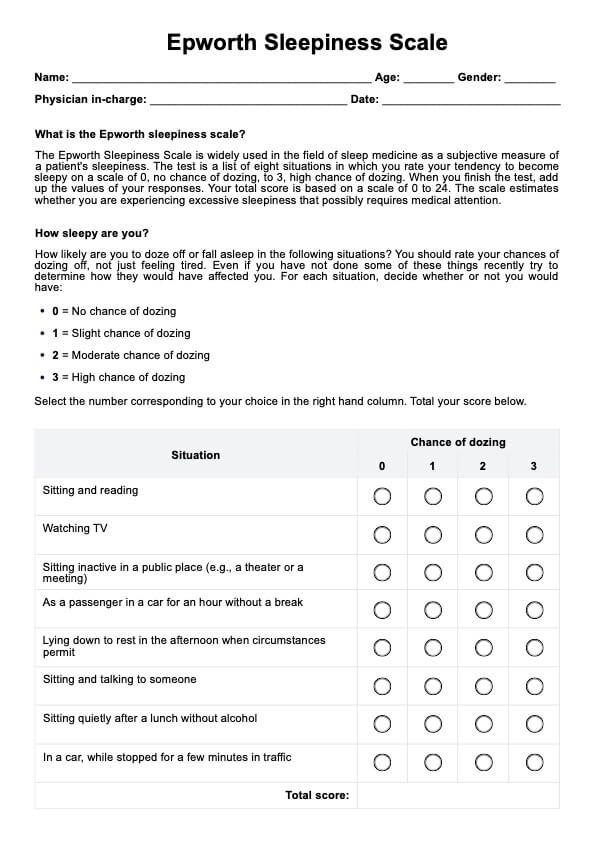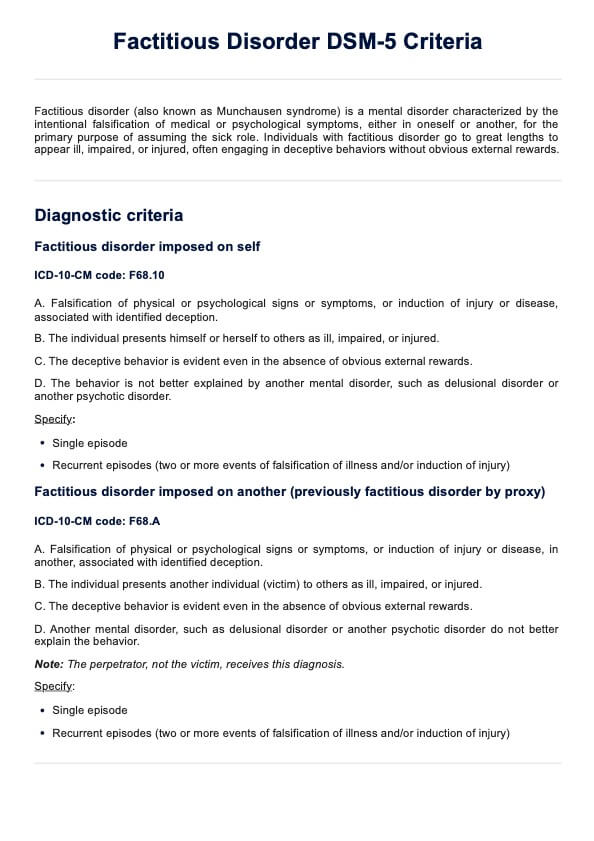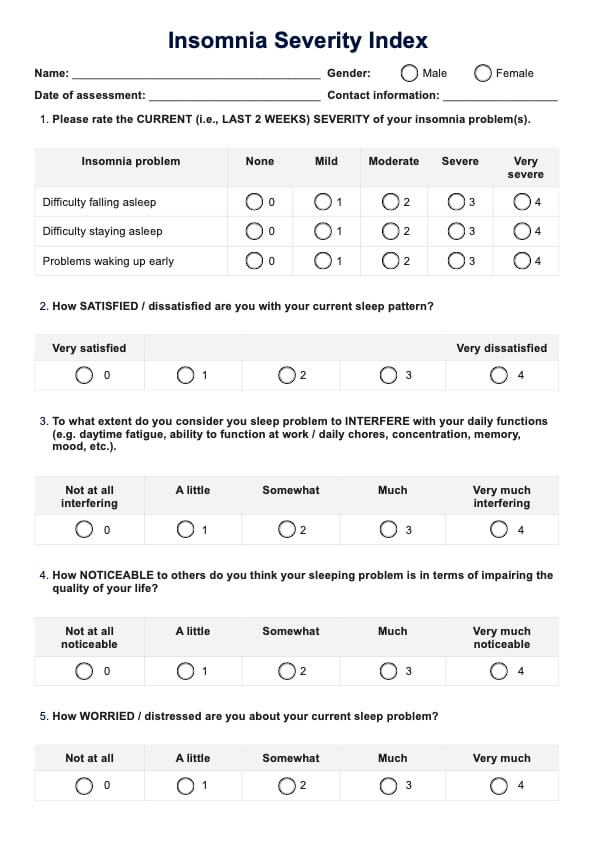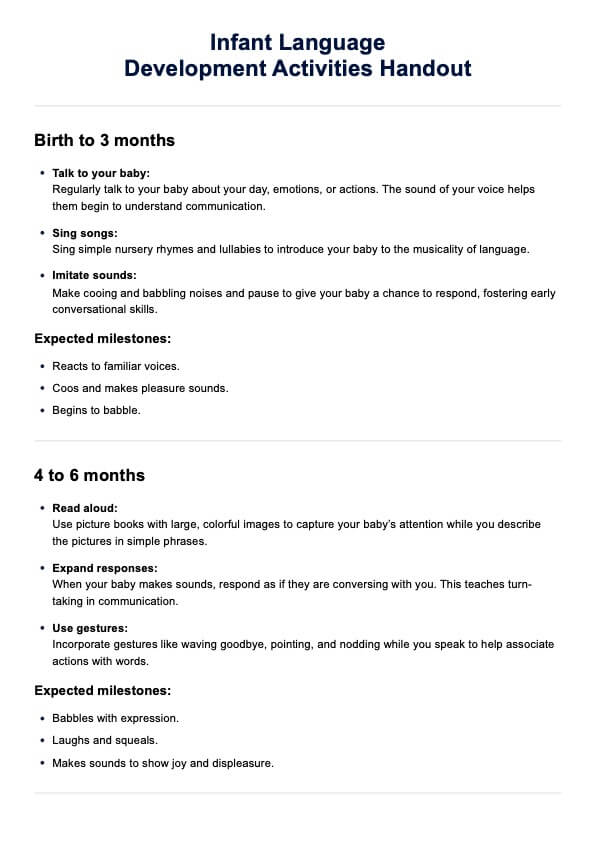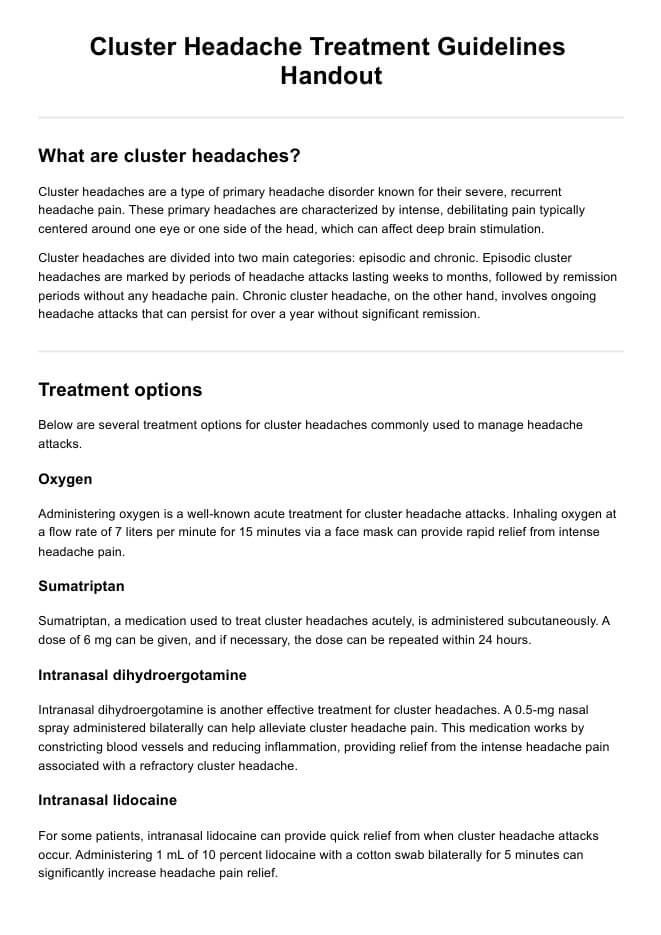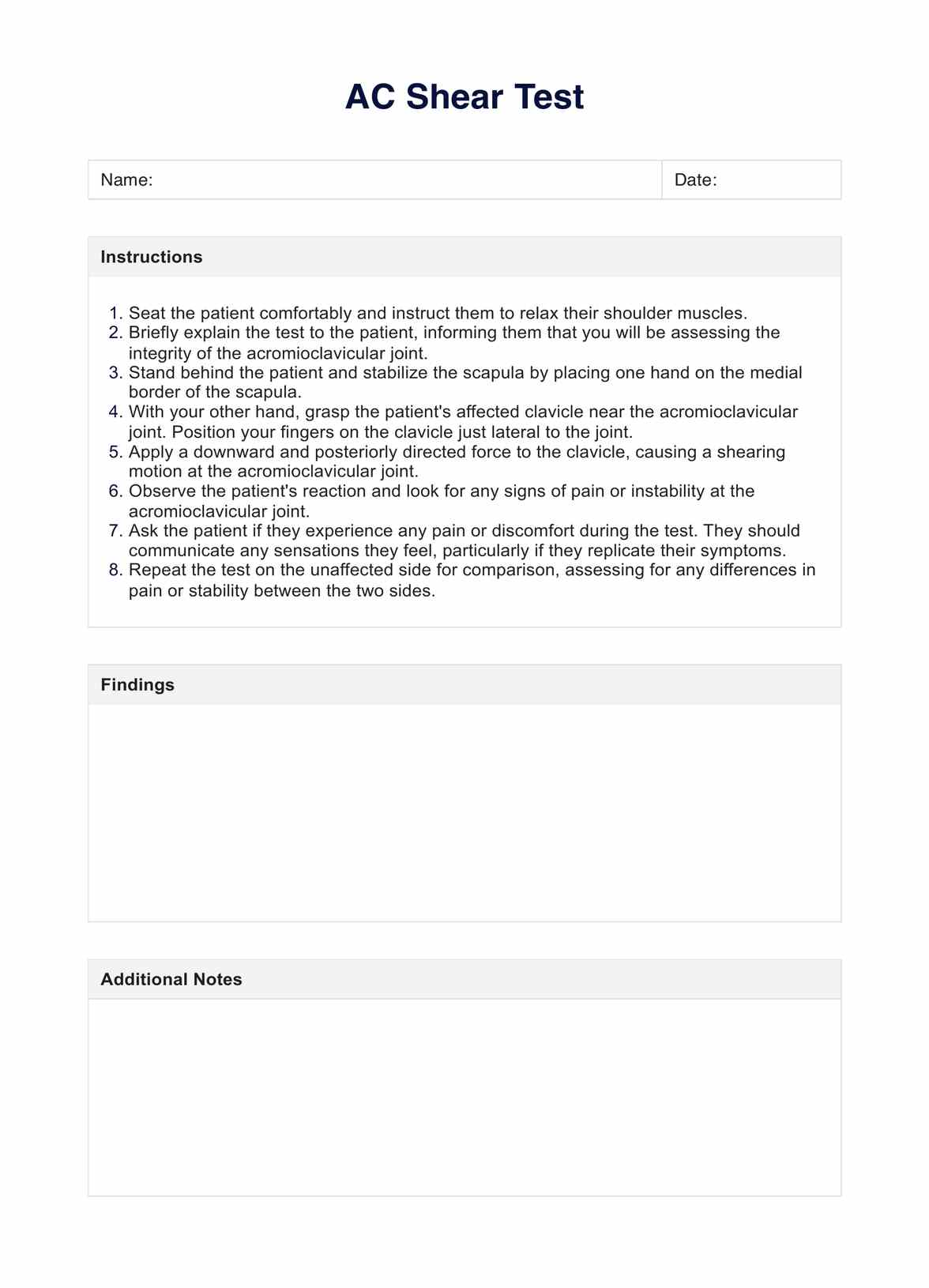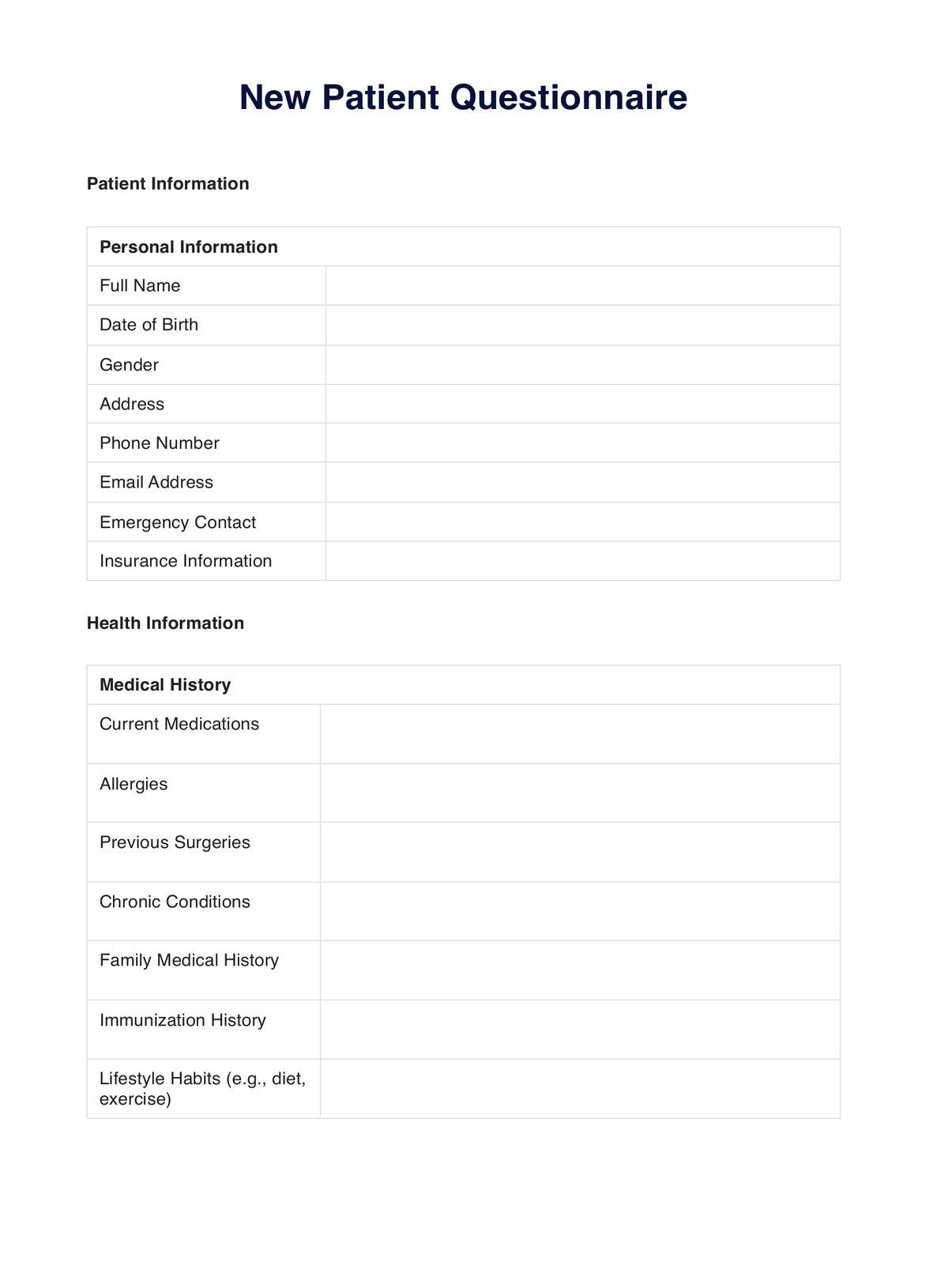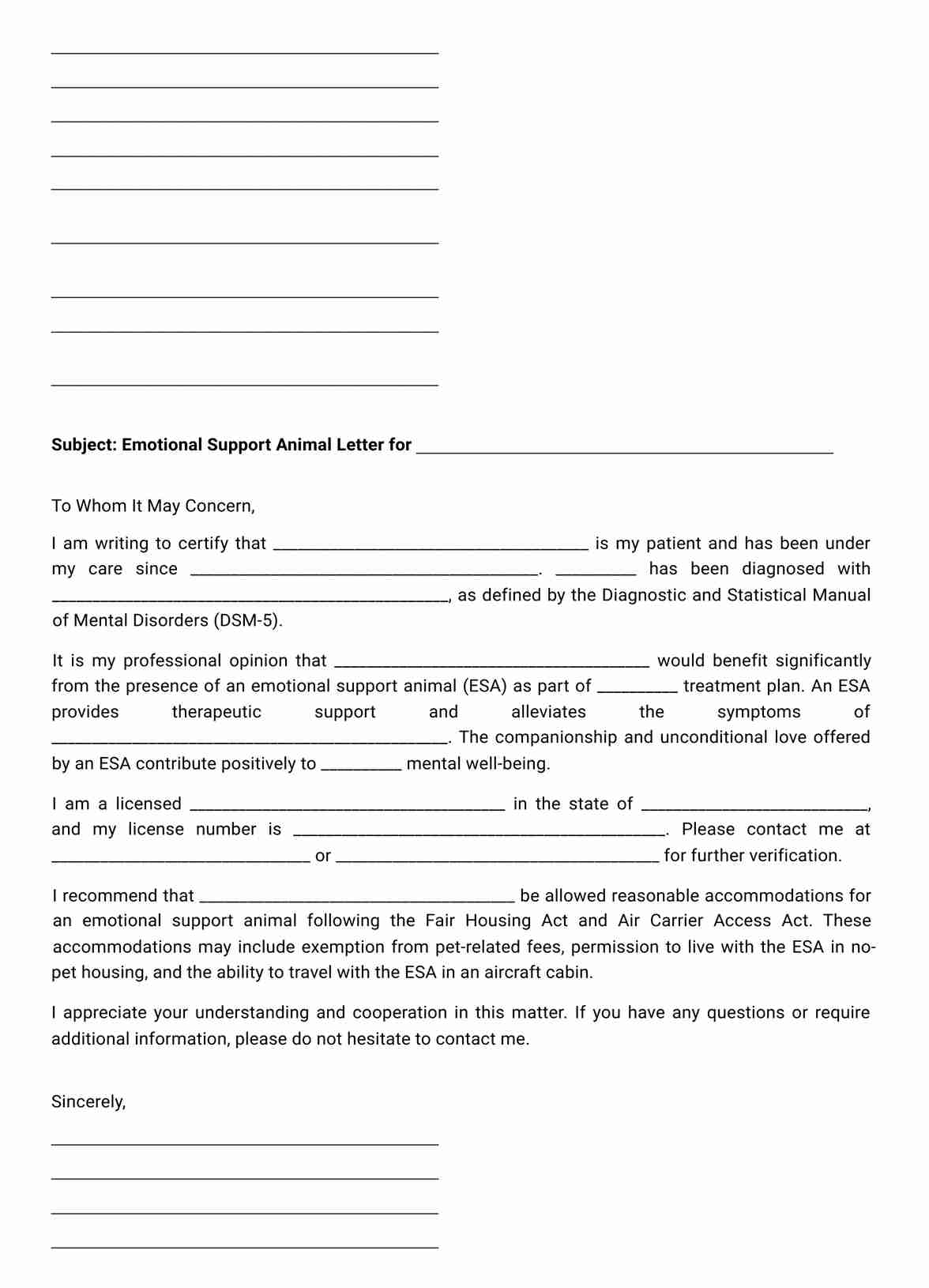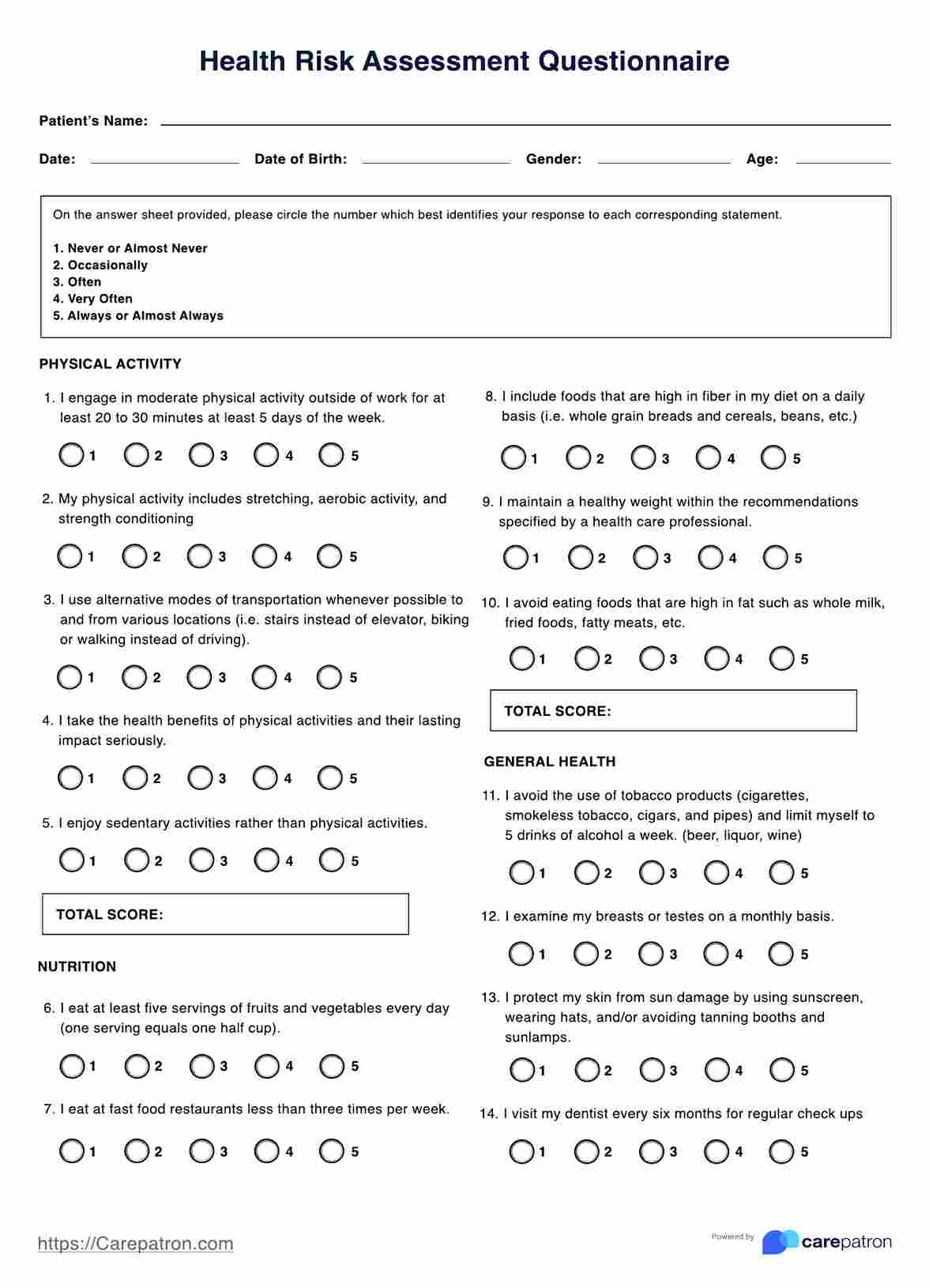

What is an Allergy List?
Allergies are abnormal reactions to allergens. Allergens trigger reactions from people’s immune systems, specifically those who are allergic to whatever allergen they were exposed to, and these vary from person to person. Some people are allergic to particular foods, animal fur, insect bites or venom, pollen, mold, and even specific medicines!
During exposure to allergens, the immune system will start forming Immunoglobulin E. This antibody triggers the body to release chemicals such as histamine to fight allergens. When these are released, a person will likely experience allergy symptoms.
Mild allergic reactions include allergic rhinitis (characterized by sneezing and having stuffy or runny noses, eyes becoming itchy and teary, and the inside of the throat feeling itchy) and skin reactions (emergence of eczema or hives).
There are also severe allergic reactions such as feeling nauseated, vomiting, diarrhea, wheezing, coughing, and shortness of breath. The worst is anaphylaxis, a life-threatening state characterized by difficulty breathing, blood pressure dropping to abnormally low levels, and losing consciousness.
Allergy Lists were created to serve as a reference for healthcare professionals and their patients. It’s used to record particular allergies a patient might have, and healthcare professionals will use the information to create a plan to help patients manage their allergens.
Educating patients about the potential dangers of allergic reactions can help them find ways to avoid exposure to specific allergens.
Allergy List Template
Allergy List Example
How does our Allergy List work?
More often than not, when you search for allergy lists, you’ll likely pull up one for food. That’s not surprising because food allergies are common.
Our Allergy List does include food, but it also has non-food allergies. As with any list, its primary function is to show enough allergies to help people become aware of the most common types.
What we did was add checkboxes to the template. This makes our Allergy List more than just a simple list. It can be used as an information-gathering tool but centered on allergies. Healthcare professionals can hand these to their patients to confirm the different allergies they may have.
Here are the different categories you’ll see on our Allergy List template:
- Food Allergies
- Environmental Allergies
- Medication Allergies
- Insect Bite/Sting Allergies
- Other Allergies (animal fur, latex, mold, fragrances, metals)
The Other Allergies category is mostly items with checkboxes, but it contains a section where patients can write down allergies they have that are not listed on the template.
There’s also a comments box where patients can discuss their allergies in detail, like what exactly happens to them and how long their allergic reactions and symptoms last. This is essential to the template because it will help healthcare professionals develop allergy management plans.
When is it best to use an Allergy List?
During hospital visits
Having Allergy Lists ready to hand out to patients visiting your hospital is always good, especially if they’re there to be treated. Knowing your patients' allergies allows you to plan and provide treatment that considers their allergies.
In an emergency where someone close to the patient is present, they can inform healthcare professionals about the patient's allergies. Doing so can prevent them from administering allergic medication and avoid anaphylaxis.
During particular school events and enrollment
Having a copy of an Allergy List listing your child’s allergies during enrollment and when getting to know their homeroom teacher is good. Doing so can help inform their teachers and other staff members about your kid’s allergies so they can determine how to act accordingly if their allergies are triggered.
In school events where the staff provides food to children, staff can take note of your child’s allergies and ensure they aren’t given something they can’t eat.
Before attending social gatherings and food experiences
If you’re attending a social gathering or scheduled to participate in a food experience, and the organizers of these events are kind enough to take into account people’s dietary preferences and allergies, you can provide them with a filled-out allergy list to ensure they’re aware of your allergies and ensure there will be selections that won’t trigger your allergies.
What are the benefits of using an Allergy List?
Personalized medical care
As mentioned earlier, one of the most appropriate times to use an Allergy List is during hospital visits or medical consultations. By getting information about patient allergies using an Allergy List, healthcare professionals can personalize their care and avoid medication that can potentially trigger their patient’s allergies.
The list can be used to pass information on to healthcare professionals
Suppose you’re part of a big team handling a particular patient, and you all have alternating shifts. You can use this Allergy List to pass information between each member of the team, and everyone can discuss if the patient requires an alternative method of treatment to account for their allergies and then ensure everyone in the team is informed about the course of treatment and what to avoid giving to the patient.
Prevent allergic reactions in various settings
In the previous section, we listed different settings where Allergy Lists can be used. One of the benefits of having an Allergy List at the ready is that it can help prevent a person from having their allergies triggered in specific settings or times.
It can be used to inform restaurant staff about your allergies so they can make adjustments or provide suggestions revolving around food that’s safe for you to eat.
It can be used to inform school staff about a student’s allergies and ensure their safety by preventing them from getting close to or consuming food that may trigger them.
Commonly asked questions
Often. Some people are born with specific allergies. Sometimes, they aren’t aware of it. If they are exposed to allergens that trigger allergies they didn’t know they had, they can update their Allergy List.
It’s also possible to gain a new allergy over time. If that happens, it’s best to update your Allergy List.
Besides the person with the allergies, their loved ones, and close friends, healthcare professionals, educational staff (if the person with allergies is still a student), colleagues (if the person is part of the workforce), caregivers, emergency responders, restaurant staff, and airport personnel, to mention a few.
No. While food allergies are common, it’s best to indicate non-food allergies. You’ll never know when you might be exposed to a non-food allergen. By showing all your known allergies, your healthcare provider can draft a prevention and management plan for you.


